您的购物车目前是空的!
The Best Way to Copyright Your Song is by registering it with the U.S. Copyright Office, which gives you valuable benefits—most importantly, the legal right to enforce your copyright in federal court. Read on to learn how to complete registration and start collecting royalties whenever your music is streamed.
1.Registering Your Copyright
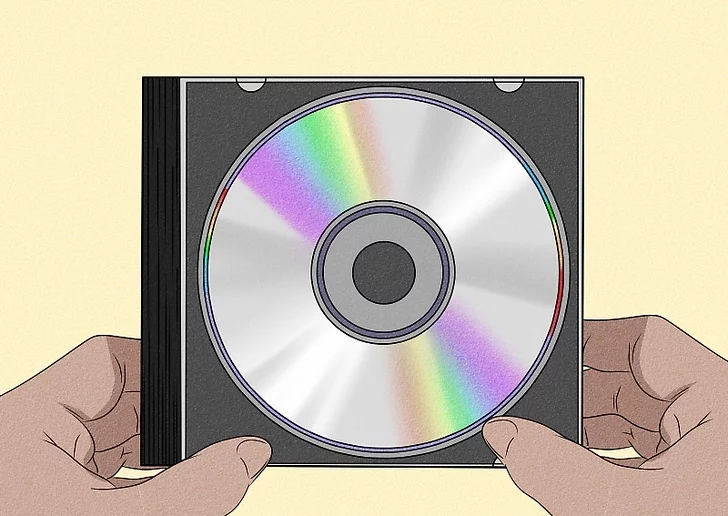
Step 1: Create a Copy of Your Original Music
Your song gains copyright protection the moment it is fixed in a tangible form. This could be written sheet music or a digital audio recording. Remember that two types of copyrights apply: one for the composition (melody, lyrics, notation) and another for the sound recording itself. If you wrote and recorded the track, you may claim both. If a producer created the recording, you likely only hold rights to the composition. Ensure your work is fully original; if you use samples, you’ll need proper licensing. Learn more from the U.S. Copyright Office.
📌 Original Work and Copyright Basics
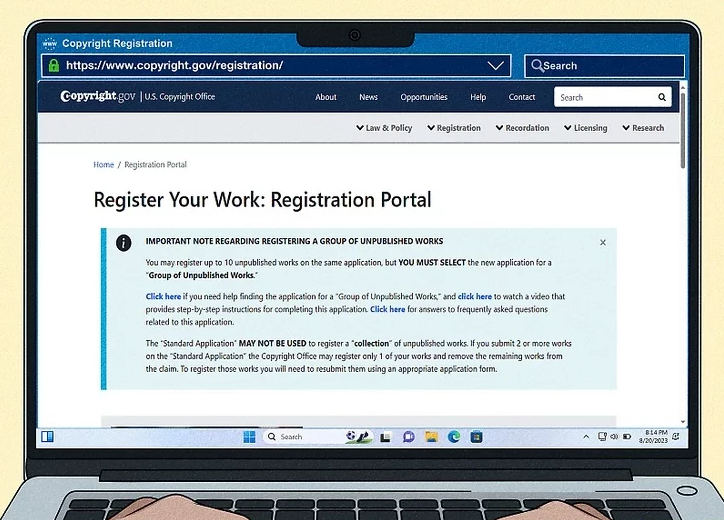
Step 2: Register for a Free Account
Set up your account with the U.S. Copyright Office to begin the registration process. Head to the eCO Registration Portal and click “Log in.” First-time users can follow the new-user link to create a free account. This account will serve as your permanent login for all future copyright filings, so keep your credentials safe.
📌 Creating Your Copyright Account
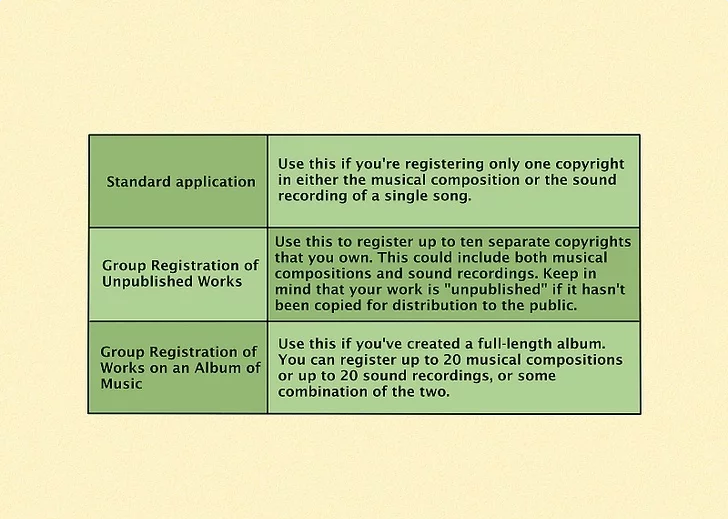
Step 3: Choose the Correct Application and Fill It Out
Select the appropriate copyright application depending on what you are protecting. Most songs involve two copyrights—composition and sound recording. You can register both within the same application if you own them. The U.S. Copyright Office provides three main options:
- Standard Application – for registering a single work (composition or recording).
- Group Registration of Unpublished Works – for up to 10 unpublished songs.
- Group Registration of Works on an Album of Music – for up to 20 works (compositions, recordings, or both) on one album.
See official application details.
📌 Picking the Right Copyright Application
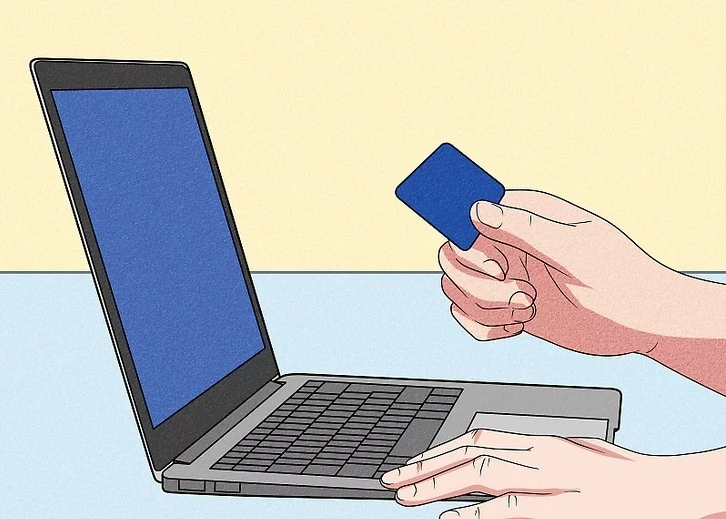
Step 4: Submit Your Application with the Filing Fee
Complete your form and pay the required fee online. The U.S. Copyright Office provides tutorials to guide applicants. As of 2023, fees are $45 for a standard application and $85 for group registrations. Payments can be made by credit card, debit card, or electronic check. See the latest fee schedule here.
📌 Filing Fees and Payment Options
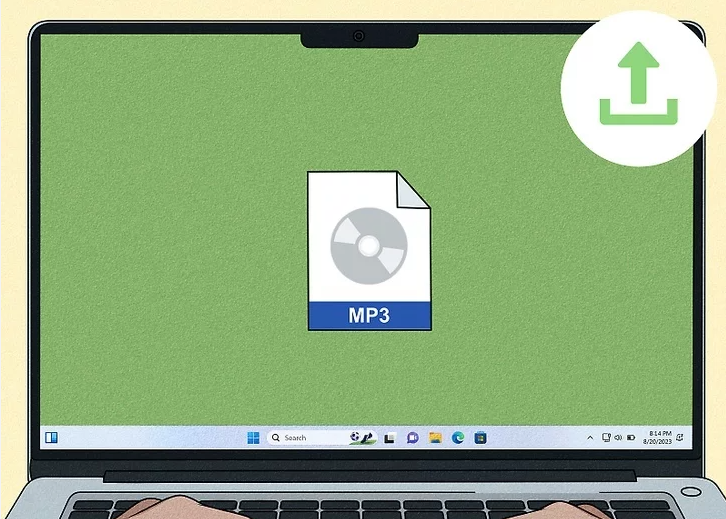
Step 5: Upload a Digital Copy of Your Music
Attach a digital copy of your work when submitting your application. Online applications allow you to upload one digital file in supported formats such as .mp3, .wav, .aiff, .wma, or .m4a. If you are registering physical media like a CD, you may need to provide multiple copies. See acceptable file formats.
📌 Submitting Your Work Files

Step 6: Follow Up on the Status of Your Claim
Track your copyright registration progress through your account dashboard. Applications can take several months to process. Once approved, you’ll receive a copyright certificate in the mail, with the effective date backdated to when your application was first received. If rejected, the office will notify you of the reasons, and you can correct and refile. Check claim status here.
📌 Monitoring and Receiving Copyright Approval
2.Getting Paid for Streaming Music
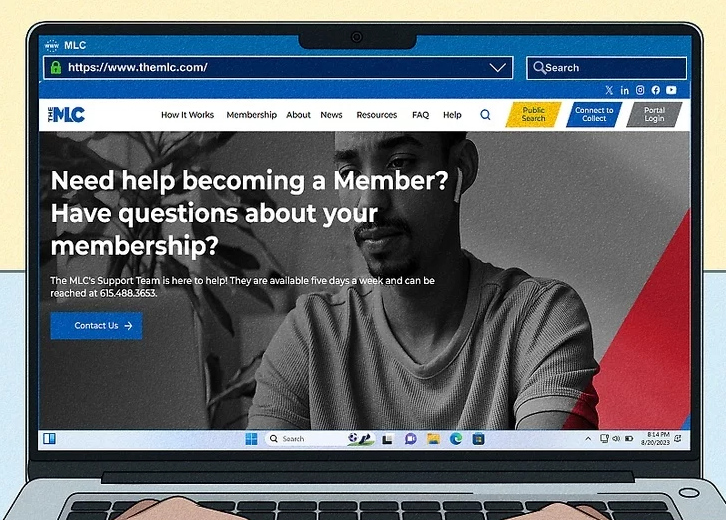
Step 1: Sign Up to Be a Member of the MLC
Join the Mechanical Licensing Collective (MLC) to collect your streaming royalties. The MLC is the only U.S. organization designated by the Copyright Office to administer and distribute digital music royalties. If you are a self-administered songwriter (meaning you control the rights to your own music), simply click the “Connect to Collect” button on the MLC site to get started. If unsure, the MLC provides a short questionnaire to help you confirm your status. See official guidance here.
📌 Becoming an MLC Member
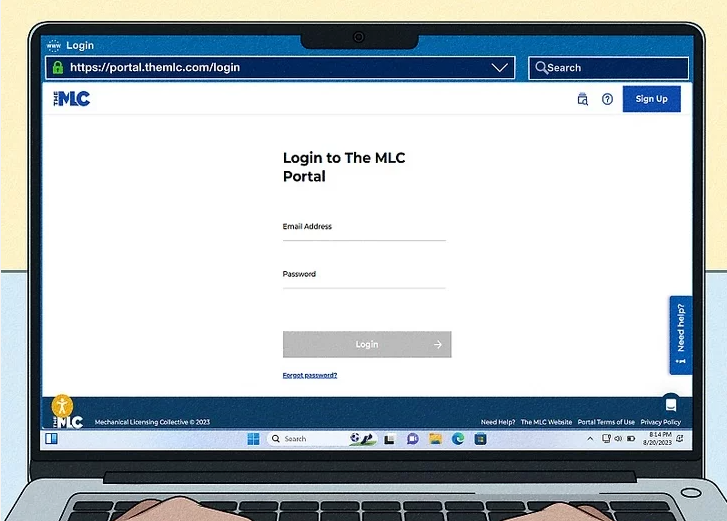
Step 2: Use the Member Portal to Register Your Song Data
Log in to the MLC portal and enter your song information. Once inside your account, you can create a songwriter profile and add details about your musical works distributed through streaming services. The MLC will automatically compare your input against its existing database, flagging any inconsistencies. Correct mismatched data promptly—otherwise, your royalties may not be paid out. Learn how the portal works.
📌 Registering Songs in the MLC Portal

Step 3: Check Your Data Regularly and Update When Needed
Keep your song registrations current to ensure accurate royalty payments. All your musical works should be registered under the same account. If you release a new track, you must manually add it to the database—the MLC will not do this automatically. Regularly review and update your entries so they align with your streaming catalog. See data management tips.
📌 Maintaining Accurate Song Data
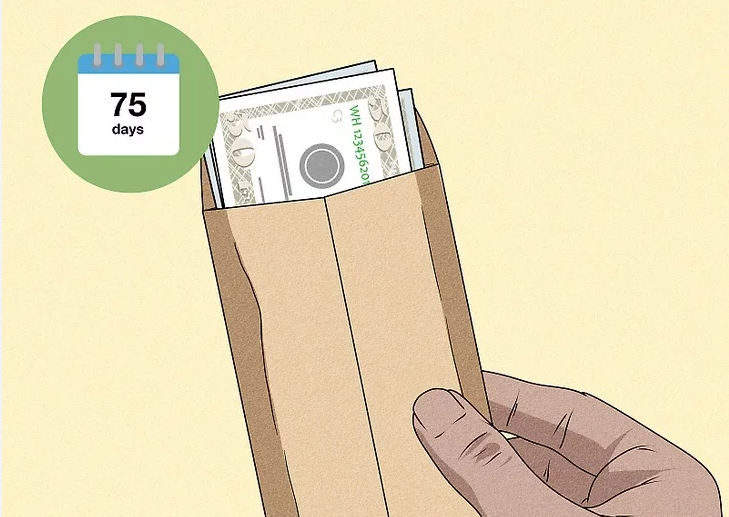
Step 4: Receive Royalty Payments Through Your Member Account
Expect your first royalty payments about 75 days after your songs are streamed. The MLC distributes royalties monthly after the initial processing period. Payments are typically made via direct deposit, so ensure your bank information in the member portal is accurate. Even if no royalties are earned in a given month, you will still receive a statement in your account. Review the MLC royalty schedule.
📌 Getting Paid Through the MLC
3.Benefits of Registration
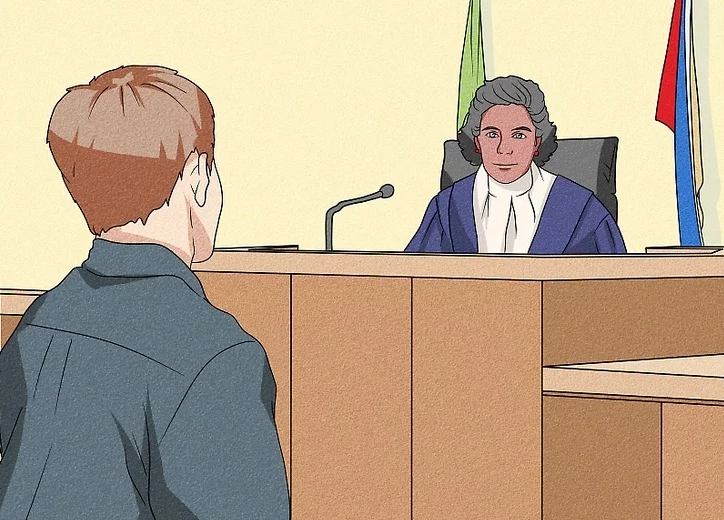
Step 1: You Can Sue for Copyright Infringement in Federal Court
As a U.S. citizen, you must register your copyright before suing in federal court. Without registration, you cannot initiate a lawsuit, even if your work is clearly being infringed. While you technically can register after discovering infringement, you may miss key benefits like statutory damages. Once registered, your copyright lasts for your lifetime plus 70 years, after which it enters the public domain. Note that the Copyright Office does not enforce claims—you must detect infringements and take legal action yourself. Foreign authors can still sue in U.S. courts without registration, but they lose the added advantages. See official guidance.
📌 Enforcing Copyright Through Federal Courts
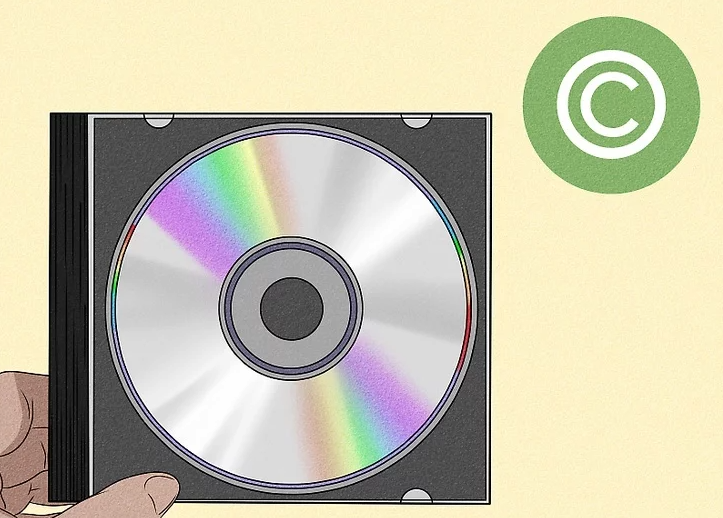
Step 2: Your Copyright Claim Is Presumed Valid
A registered copyright enjoys a presumption of validity in court. This shifts the burden of proof to the alleged infringer, meaning they must prove your copyright is invalid. Whether you register before or after discovering infringement, this presumption applies—but your claim is stronger if the registration date precedes the alleged violation. Otherwise, you’ll need to provide independent evidence of when your work was created. Learn more from the U.S. Copyright Office.
📌 Burden of Proof in Copyright Litigation
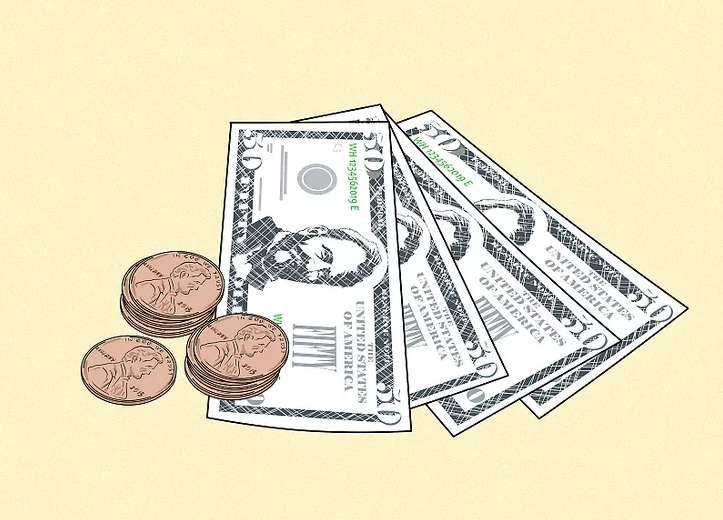
Step 3: You Can Claim Statutory Damages and Attorney’s Fees
Registration allows you to seek statutory damages and recover legal costs. Without registration, you can only recover “actual damages”—the revenue you lost directly due to infringement—which can be very hard to prove. By contrast, statutory damages ensure compensation for every infringing act, and you may also recover attorney’s fees and court expenses. This makes registration a crucial advantage in pursuing federal litigation. See details in U.S. Code, Title 17, Section 504.
📌 Financial Benefits of Copyright Registration
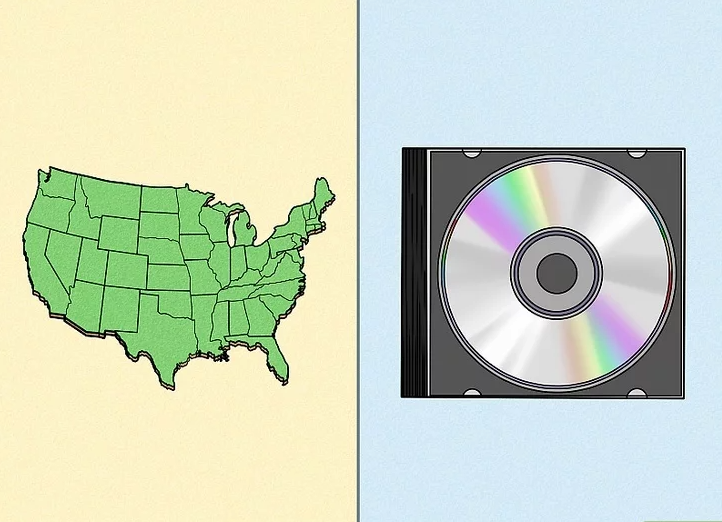
Step 4: You Can Stop Infringing Copies from Entering the U.S.
Registered copyrights can be recorded with U.S. Customs and Border Protection. This gives you the ability to block the importation of infringing physical copies of your song into the United States. Without registration, you cannot access this protection. Note that this primarily applies to physical recordings (like CDs or vinyl) rather than digital streams or downloads. Learn about CBP’s Intellectual Property Rights enforcement.